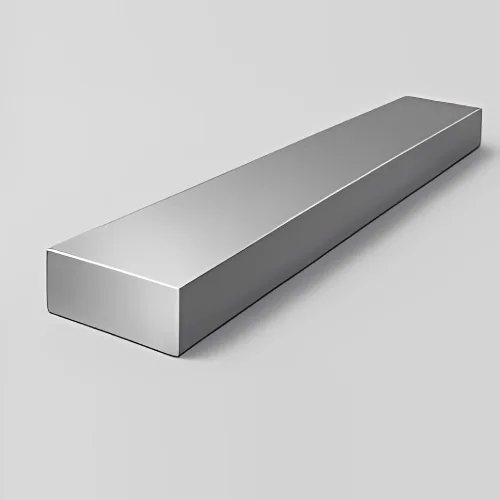
316L Stainless Steel Bar
Keywords: 316L,
Standard: ASTM, AISI, DIN, EN, GB, JIS
Technique: Hot Rolled/Cold Rolled/Galvnized
Processing Service: Welding, Punching, Cutting
Available Size Range: Click here
Volume: 0
Get A Quote
Keywords: 316L,
Standard: ASTM, AISI, DIN, EN, GB, JIS
Technique: Hot Rolled/Cold Rolled/Galvnized
Processing Service: Welding, Punching, Cutting
Available Size Range: Click here
Volume: 0
Get A Quote| Region | Standard | Designation |
|---|---|---|
| USA | ASTM A276/A479 | UNS S31603 |
| Europe | EN 1.4404 | X2CrNiMo17-12-2 |
| China | GB/T 1220 | 022Cr17Ni12Mo2 |
| Japan | JIS SUS 316L | - |
| India | IS 6911 | SS316L |
| Element | Content | Role |
|---|---|---|
| Carbon (C) | ≤0.03% | Minimizes carbide precipitation during welding |
| Chromium (Cr) | 16.0–18.0% | Forms passive oxide layer for corrosion resistance |
| Nickel (Ni) | 10.0–14.0% | Stabilizes austenitic structure |
| Molybdenum (Mo) | 2.0–3.0% | Enhances pitting/crevice corrosion resistance |
| Manganese (Mn) | ≤2.0% | Improves hot workability |
| Silicon (Si) | ≤0.75% | High-temperature durability |
| Iron (Fe) | Balance | Base metal |
Mechanical (ASTM A276)
Tensile Strength: 485–620 MPa
Yield Strength (0.2% Offset): ≥170 MPa
Elongation at Break: ≥40%
Hardness: ≤95 HRB (Annealed)
Modulus of Elasticity: 193 GPa
Density: 8.0 g/cm³
Melting Point: 1.370–1.400°C
Thermal Conductivity: 16.3 W/m·K (at 100°C)
Electrical Resistivity: 0.74 μΩ·m
Top 5 Industrial Advantages
Unmatched Corrosion Resistance:
Excels in chloride-heavy environments (seawater, chemical plants) and resists sulfuric/phosphoric acids.
Biocompatibility:
Meets ASTM F138/F139 standards for surgical implants and pharmaceutical equipment.
Weldability & Fabrication:
Low carbon content prevents sensitization; no post-weld heat treatment required.
Temperature Resilience:
Stable performance from -200°C (cryogenic) to 800°C (intermittent).
Sustainability:
100% recyclable with ≥50% recycled content; REACH and RoHS compliant.
| Industry | Typical Uses |
|---|---|
| Marine | Boat shafts, propeller fittings, offshore rigs |
| Chemical Processing | Reactor vessels, heat exchangers, pipelines |
| Medical | Surgical tools, implants, MRI components |
| Oil & Gas | Subsea valves, pump components, LNG storage |
| Food Production | Brewery tanks, saltwater processing equipment |
Q1: How does 316L differ from 316 stainless steel bars?
A: 316L has a lower carbon content (≤0.03% vs. 316’s ≤0.08%), reducing carbide precipitation risk during welding. Ideal for welded assemblies in corrosive environments.
Q2: Is 316L suitable for coastal construction?
A: Yes, its molybdenum content provides exceptional resistance to saltwater-induced pitting and crevice corrosion.
Q3: Can 316L bars be heat-treated?
A: Austenitic grades like 316L cannot be hardened via heat treatment—cold working is used to enhance strength.
Why Partner With Us?
Certified Excellence: EN 10204 3.1/3.2 certifications, ISO 9001:2025 compliance.
Customization: Diameters 2mm–250mm, lengths up to 12m, and bespoke surface finishes (polished, pickled, or sandblasted).
Global Logistics: Guaranteed delivery within 18–30 days (FOB, CIF, DAP terms).
Technical Support: Free project consultation, including corrosion resistance modeling and CAD file optimization.
Keywords: 316L Stainless Steel Bar Supplier, Molybdenum-Enhanced Alloy, ASTM S31603. Marine-Grade Steel, Surgical Stainless Steel
Products
Phone